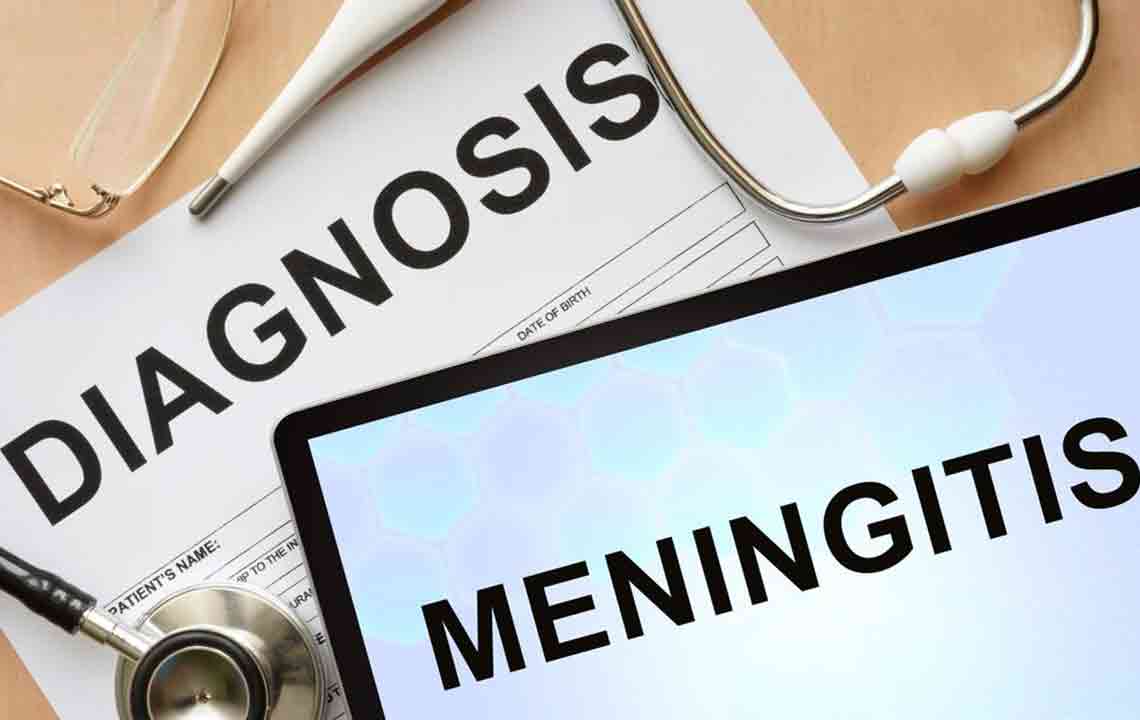Comprehensive Guide to Meningitis: Understanding Its Types, Risks, and Prevention Methods
This comprehensive guide explores meningitis, focusing on its various types, risk factors, symptoms, and crucial prevention strategies. It emphasizes the importance of vaccination, hygiene, and early diagnosis for effective treatment and outbreak prevention. Understanding meningitis can save lives and reduce its spread in communities, making awareness and timely intervention vital components of public health efforts.

Meningitis is a serious medical condition characterized by the inflammation of the protective membranes covering the brain and spinal cord, known as the meninges. This inflammation can be caused by a variety of infectious agents, including bacteria, viruses, fungi, and parasites, or by non-infectious factors such as certain medications or autoimmune diseases. The seriousness of meningitis, combined with its rapid progression and potential for severe complications, makes early recognition and prevention crucial.
Understanding the different types of meningitis is essential for effective prevention and treatment. Bacterial meningitis tends to be the most severe and can cause rapid deterioration if not diagnosed and treated promptly. Viral meningitis, although more common, generally results in milder symptoms and often resolves without specific treatment. Fungal and parasitic meningitis are less common but pose significant health threats, especially to immunocompromised individuals.
Children, particularly those under five years old, are at higher risk of developing meningitis due to their developing immune systems. However, people of all ages can be affected, especially in close-contact settings like schools, dormitories, and healthcare facilities. Symptoms of meningitis usually develop within days to weeks after exposure and can include high fever, severe headache, stiff neck, sensitivity to light, nausea, vomiting, and altered mental state such as confusion or drowsiness. Recognizing these signs early and seeking medical attention can be life-saving.
One of the key challenges with meningitis is its contagious nature. Depending on the causative agent, meningitis can spread through respiratory droplets, close contact, or contaminated surfaces. Bacterial meningitis, in particular, can spread rapidly in crowded environments, making public health responses and preventive measures vital. Vaccination is one of the most effective tools for preventing certain types of bacterial meningitis, such as those caused by Neisseria meningitidis, Streptococcus pneumoniae, and Haemophilus influenzae type b (Hib).
Preventive strategies also include practicing good hygiene—regular handwashing, avoiding sharing utensils or personal items, and covering mouth and nose when coughing or sneezing. In outbreak situations or for high-risk populations, prophylactic antibiotics may be recommended for close contacts to reduce transmission. Public health authorities often implement vaccination campaigns to reduce the incidence of preventable meningitis cases.
Early diagnosis involves clinical evaluation and laboratory tests, including blood cultures and cerebrospinal fluid analysis obtained through lumbar puncture. The latter is critical in confirming the diagnosis and identifying the specific causative organism, which guides targeted therapy. Antibiotics are typically used to treat bacterial meningitis, and corticosteroids may be administered to reduce inflammation and prevent complications. Viral meningitis usually resolves on its own, but supportive care and symptomatic treatment are essential.
Despite advances in medicine, meningitis remains a significant health concern worldwide, especially in regions with limited access to healthcare and vaccination. Continued efforts in public education, vaccination programs, and infection control are necessary to reduce morbidity and mortality associated with this disease. Awareness and prompt action can significantly improve outcomes for those affected by meningitis and help prevent outbreaks in communities.





